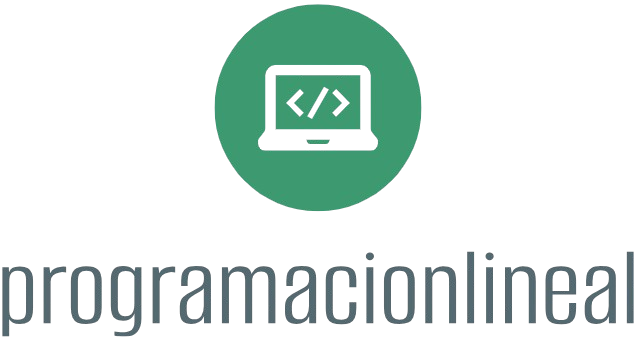Mobile app development is a complex field that requires attention to detail and adherence to best practices to ensure performance, scalability, maintainability, and user satisfaction. Here are some of the best coding practices to follow when developing mobile applications:
- Follow Platform Guidelines
Each mobile platform (iOS and Android) has its design guidelines and best practices. Familiarize yourself with:
– iOS Human Interface Guidelines: For building user-friendly iOS applications.
– Android Design Guidelines: Including Material Design principles for creating intuitive Android apps.
Aligning with these guidelines ensures that your app feels native and provides a consistent user experience.
- Choose the Right Architecture
Select an appropriate architecture pattern for your application to enhance maintainability and scalability. Common patterns include:
– Model-View-ViewModel (MVVM): Especially popular for iOS with Swift and Android with Jetpack.
– Model-View-Presenter (MVP): Keeps the UI and business logic separate, making the code easier to test.
– Clean Architecture: Encourages separation of concerns, making it easier to manage complex applications.
- Keep Code Modular and Organized
Organize your code into modules or classes that encapsulate functionalities. This encourages:
– Reusability: Code can be reused across different parts of the application or in future projects.
– Readability: Organized code is easier to navigate, understand, and maintain.
Consider using frameworks like Swift Package Manager for iOS or Gradle for Android to structure your project.
- Optimize Performance
Mobile devices have limited resources, so optimizing performance is crucial:
– Lazy Loading: Load resources only when needed to improve initial loading times.
– Reduce Memory Footprint: Monitor memory usage and release unused resources promptly to avoid memory leaks.
– Efficient Networking: Minimize network calls and use caching strategies to reduce data usage and latency.
- Implement Strong Testing Practices
Quality assurance through testing is vital for mobile apps:
– Unit Testing: Write tests for your business logic to ensure correctness.
– UI Testing: Use tools like XCTest for iOS or Espresso for Android to automate UI tests.
– Integration Testing: Ensure that different modules work together as expected.
Regularly run tests during the development cycle to catch bugs early.
- Manage State Effectively
In mobile applications, managing state efficiently can significantly impact the user experience:
– Use State Management Libraries: Consider libraries like Redux or MobX for React Native apps, or ViewModel and LiveData in Android.
– Local Storage: Utilize options like Shared Preferences, Room (for Android), or UserDefaults (for iOS) for saving small amounts of user data.
- Follow Security Best Practices
Security is paramount in mobile app development. Implement the following practices:
– Data Encryption: Encrypt sensitive data both in transit (via HTTPS) and at rest (using secure storage methods).
– Secure APIs: Use authentication methods like OAuth for secure API access.
– Implement Proper Permissions: Request only the permissions necessary for the app’s functionality.
- Leverage Version Control
Use version control systems like Git for managing your code. This practice promotes:
– Collaboration: Multiple developers can work on the codebase simultaneously.
– Code History: Easily track changes and roll back to previous versions if necessary.
- Documentation
Document your code and API endpoints clearly to aid future developers (or yourself) in understanding the structure and functionality:
– Code Comments: Write meaningful comments explaining complex code sections.
– API Documentation: Use tools like Swagger or Postman to document your APIs.
- Continuous Integration/Continuous Deployment (CI/CD)
Implement CI/CD practices to automate the testing and deployment of your mobile app:
– Automated Build: Set up automated builds to trigger tests with each code push.
– Deployment Pipelines: Automate the release process, making it easier to roll out updates and bug fixes.
- User Feedback Integration
Incorporate user feedback into the development process. This can involve:
– Beta Testing: Release beta versions to a small group of users to gather insights.
– Feedback Mechanisms: Include options in your app for users to provide feedback easily.
- Maintainability and Refactoring
Regularly review and refactor your codebase to improve maintainability:
– Code Reviews: Conduct periodic code reviews to ensure code quality and adherence to best practices.
– Refactor Legacy Code: As your app evolves, refactor the code to improve clarity, reduce complexity, and enhance performance.
Conclusion
By following these best coding practices for mobile app development, you can create robust, maintainable, and user-friendly applications. Continuous learning and adaptation to new technologies and methods will help you remain competitive in the ever-evolving landscape of mobile development.











